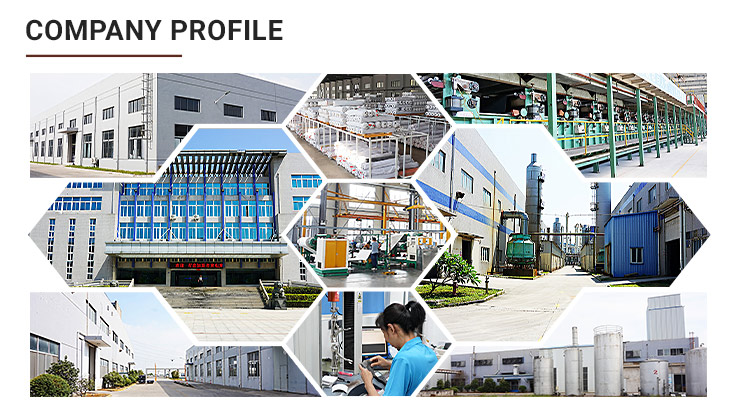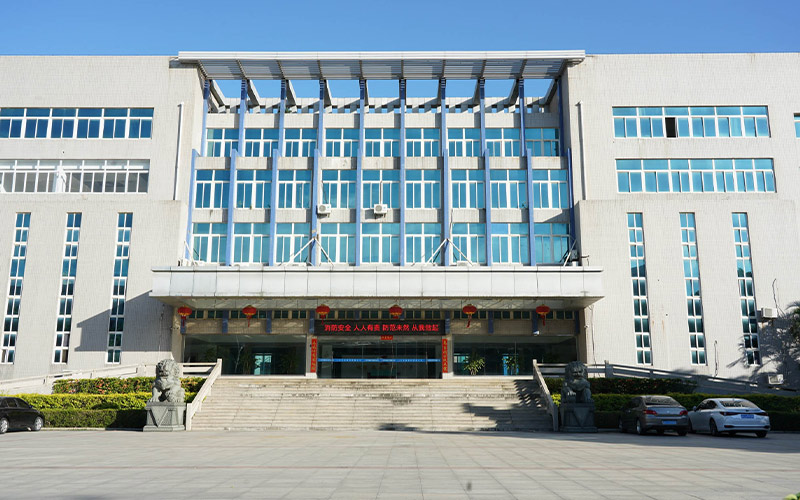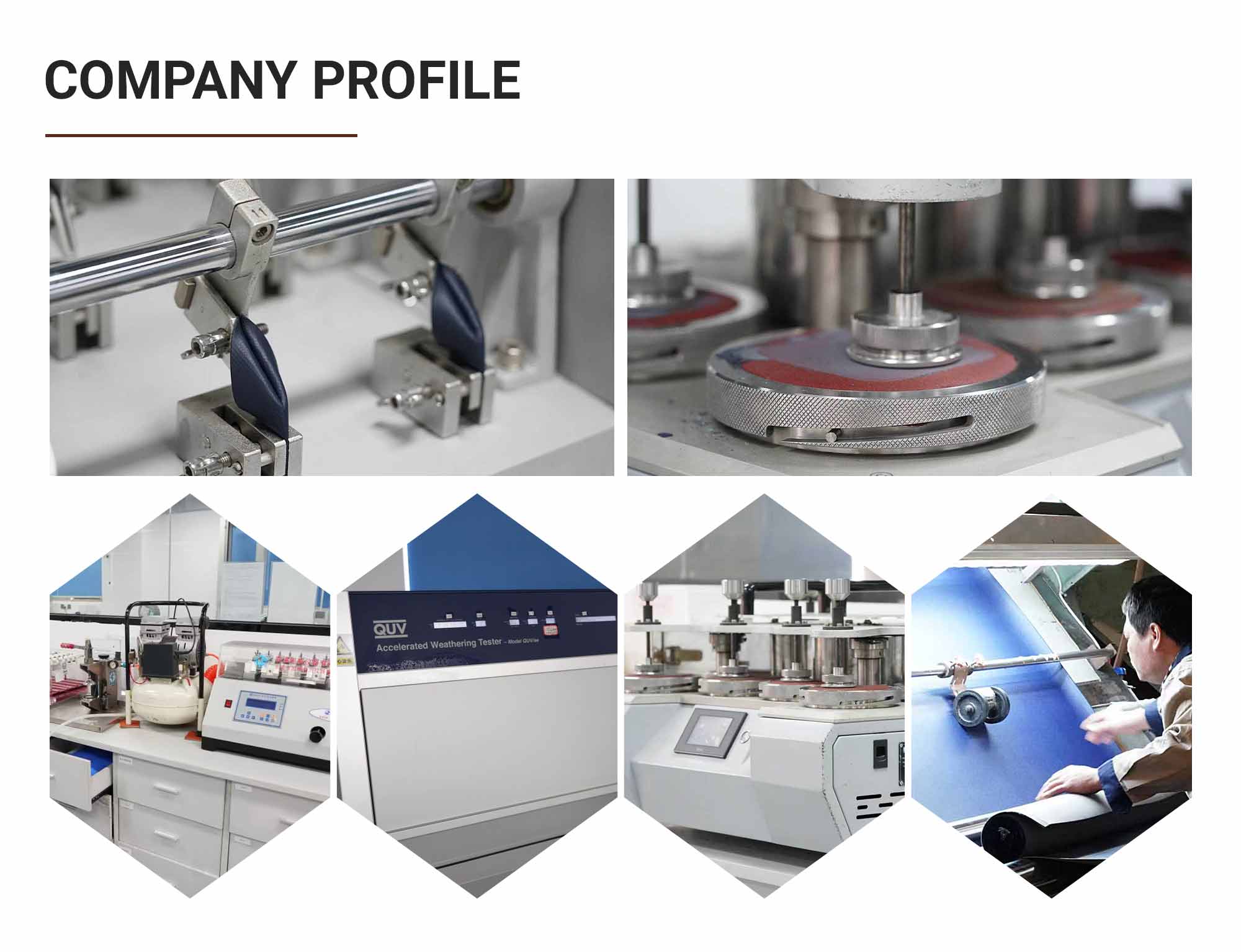-
Tel : +8618150976625
-
Email : Hello@MicrofiberLeather.com
Tel : +8618150976625
Email : Hello@MicrofiberLeather.com
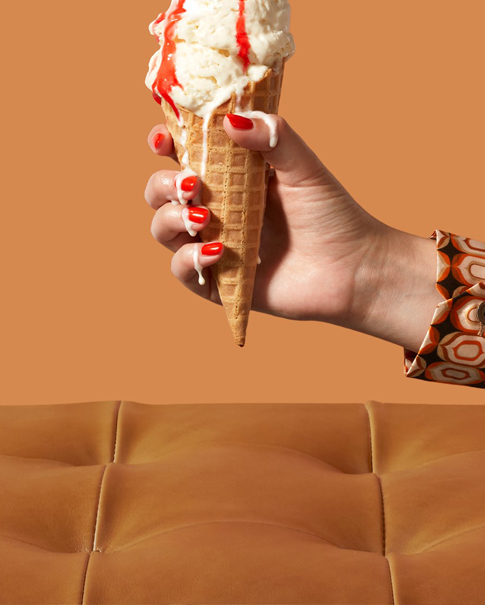
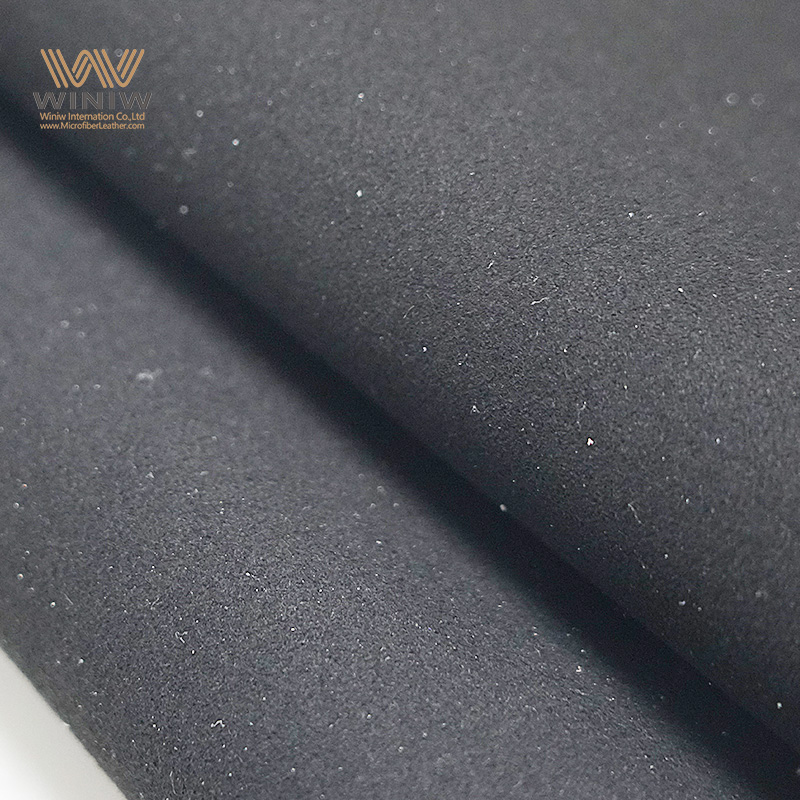
Microfiber suede stands out for its ability to deliver a soft, luxurious feel while maintaining impressive durability. This synthetic fabric, made from tightly woven polyester and nylon fibers, closely resembles genuine suede in texture and appearance. Manufacturers combine these materials using advanced weaving techniques to achieve a consistent finish. Microfiber suede appears in many consumer products, including car interiors, furniture, fashion accessories, and textiles, due to its comfort, wear resistance, and affordability.
Microfiber suede mimics the luxurious feel of natural suede while being more durable and easier to maintain.
This synthetic fabric is made from polyester and nylon, making it an eco-friendly choice as it does not involve animal products.
Microfiber suede is stain-resistant and can be easily cleaned with a damp cloth, enhancing its appeal for everyday use.
The manufacturing process involves advanced techniques that ensure consistent quality and performance across various applications.
Microfiber suede is more affordable than natural suede, providing a cost-effective option for upholstery, fashion, and automotive industries.
Regular maintenance, such as vacuuming and spot cleaning, helps preserve the fabric's appearance and extends its lifespan.
Microfiber suede is versatile, suitable for clothing, shoes, furniture, and accessories, making it a popular choice among designers.
While it offers many advantages, consumers should consider its limited breathability and potential environmental impact when choosing microfiber suede.
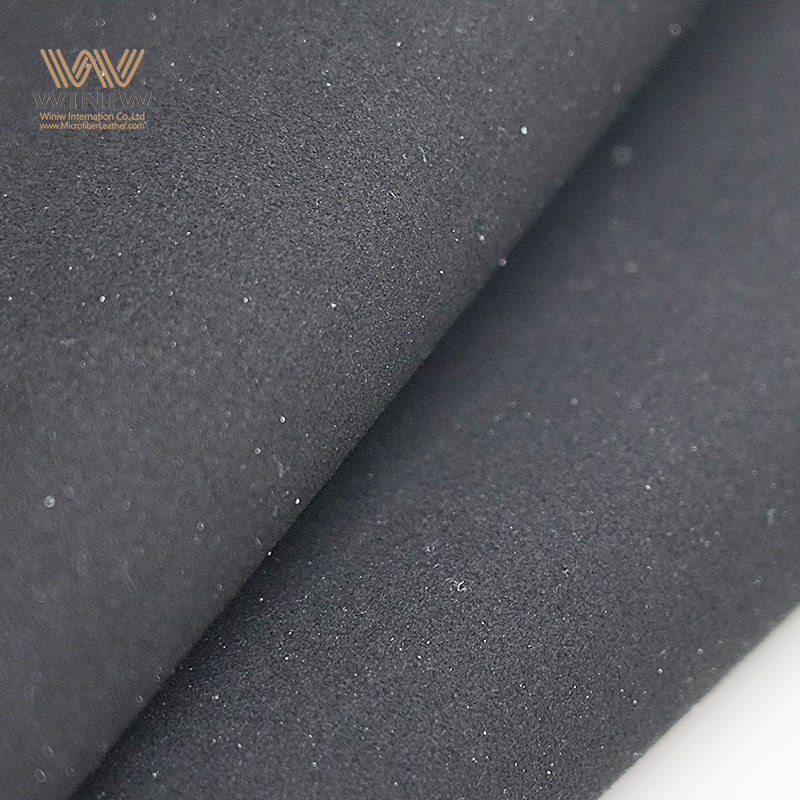
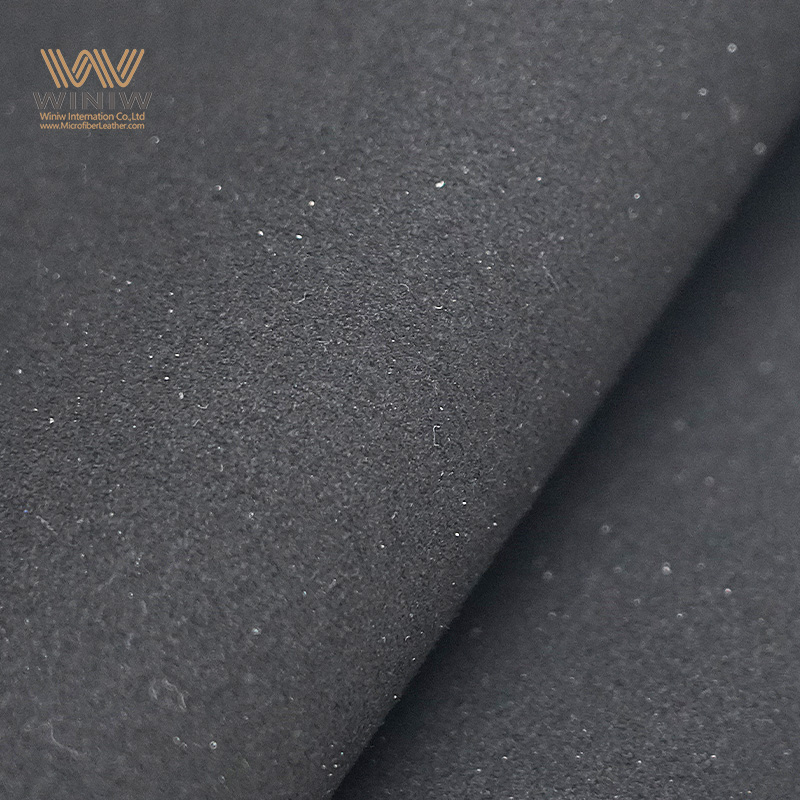
Microfiber suede fabric represents a synthetic material designed to replicate the appearance and feel of natural suede. Manufacturers use advanced weaving techniques to create a soft texture that appeals to consumers seeking luxury and comfort. Textile industry standards define microfiber suede fabric as a synthetic material made from ultra-fine polyester and nylon fibers. This artificial microfiber suede offers durability, easy maintenance, and affordability, making it a popular choice for upholstery, automotive interiors, and fashion.
Note: Microfiber suede fabric does not absorb stains like natural suede, which makes it easier to clean and maintain. This feature increases its appeal for everyday use.
The development of microfiber suede began in the early 1970s. Miyoshi Okamoto, along with Dr. Toyohiko Hikota, pioneered the manufacturing process for artificial suede. Their work led to the introduction of Ultrasuede, the first successful high-quality microfiber product. Ultrasuede quickly became a preferred alternative to natural suede in various industries.
Microfiber suede fabric consists of several synthetic materials that contribute to its quality and performance. The main chemical components include:
Polyester
Nylon
Polyurethane
Manufacturers blend these materials to produce high-quality microfiber with a soft texture and enhanced durability. The typical composition for artificial microfiber suede is two-thirds polyester and one-third polyurethane. This combination allows the fabric to mimic the luxurious feel of real suede while offering improved resistance to wear and tear.
Microfiber suede stands out as an eco-friendly option because it does not involve animal products. The use of synthetic material supports sustainable practices and appeals to consumers who prioritize eco-friendly choices.
Microfiber suede fabric possesses several key features that distinguish it from other synthetic materials and natural suede. The following table highlights its characteristics according to textile industry standards:
|
Characteristic |
Description |
|---|---|
|
Material Type |
Synthetic material that mimics natural suede |
|
Composition |
Made from ultra-fine polyester and nylon fibers |
|
Durability |
Recognized for its durability and resistance to wear and tear |
|
Maintenance |
Easy to clean with a damp cloth; does not absorb stains like natural suede |
|
Cost |
More affordable than real suede, providing a luxurious feel without the high cost |
|
Eco-Friendliness |
Made from synthetic materials, does not involve animal products, supporting sustainable practices |
|
Applications |
Used in upholstery, fashion, automotive interiors, and sports equipment |
Microfiber suede fabric delivers a soft texture that rivals natural suede. The synthetic material provides superior water resistance, making it suitable for moisture-prone environments. High-quality microfiber ensures the fabric remains hypoallergenic and less likely to cause allergies. Consumers appreciate the easy care and maintenance, as most microfiber suede products are machine washable.
The following table compares the physical properties of microfiber suede and real suede fabric:
|
Property |
Microfiber Suede |
Real Suede Fabric |
|---|---|---|
|
Material Composition |
Synthetic fibers (polyester/nylon) |
Natural material from animal hides |
|
Durability |
Known for durability and resistance to wear |
Develops patina over time |
|
Care and Maintenance |
Easy to clean, often machine washable |
Requires careful maintenance and specialized cleaning |
|
Water Resistance |
More water-resistant, suitable for moisture-prone areas |
Highly sensitive to water, can be damaged easily |
|
Hypoallergenic |
Less likely to cause allergies |
Softness and suppleness are notable features |
Microfiber suede fabric offers a soft texture, high durability, and easy maintenance. The synthetic material provides an eco-friendly option for those seeking sustainable and animal-free products. High-quality microfiber delivers consistent quality and performance across various applications.
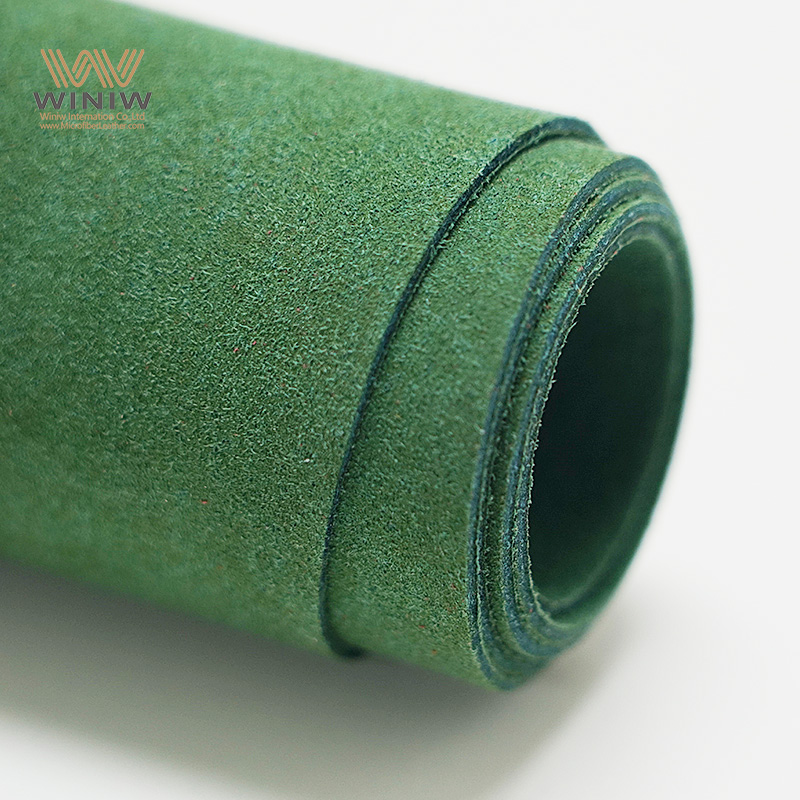
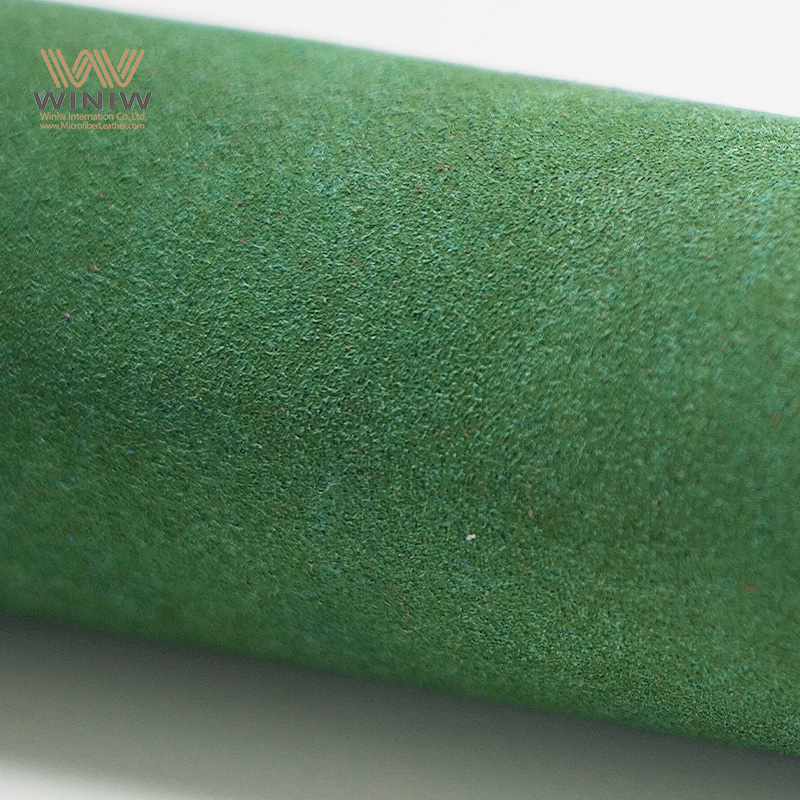
Manufacturers select specific synthetic fibers to create microfiber suede. The primary raw materials include microfiber filaments, which provide the foundation for the fabric’s durability and texture. Common types of microfiber used in this process are:
Polyester/polyester island type
Polyester/brocade orange petal type
The island type fiber is produced using a dissolution method, while the orange petal type uses a peeling method. These advanced fiber types allow for the creation of ultra-fine threads that mimic the soft feel of natural suede. In the case of Ultrasuede, a well-known brand, the composition consists of 80% polyester microfiber and 20% polyurethane plastic. This blend ensures the resulting fabric remains lightweight, flexible, and eco-friendly.
The manufacturing process for microfiber suede involves several precise steps. Each stage contributes to the final quality and performance of the fabric. The process typically follows this sequence:
Technicians mix PA6 and PE beads under high temperature and pressure to create ultrafine yarns.
They cut the yarns into small pieces and arrange them using non-woven technology.
The team creates a microfiber base by layering and bonding the fibers.
Polyurethane (PU) is embedded to enhance elasticity and flexibility.
The microfiber base is buffed to achieve a smooth surface finish.
Manufacturers may use different techniques to produce microfibers, such as the dissolved type, split type, direct spun type, super-drawing technique, and sheath-core spinning method. Each method produces ultra-fine fibers with unique properties, allowing for customization based on the intended application. The manufacturing process ensures that the fabric maintains a consistent appearance and high quality.
Note: The use of non-woven technology and advanced spinning methods allows manufacturers to control the thickness and density of the fabric, resulting in a product that is both durable and soft.
After the main production steps, the finishing process gives microfiber suede its final characteristics. This stage includes several treatments to enhance the fabric’s appearance, texture, and performance:
The grey cloth enters the dyeing factory for color application.
Workers match cylinders and sew ends to prepare the material for further processing.
Alkali content is adjusted, and fibers are opened to raise the nap, creating the signature suede texture.
Sanding is performed to achieve a uniform, soft surface.
Dyeing and additional finishing treatments are applied to ensure the desired color and feel.
Quality control plays a crucial role during the finishing process. Manufacturers implement several measures to guarantee the final product meets industry standards. The following table outlines key quality control checks:
|
Quality Control Measure |
Description |
|---|---|
|
Visual Inspection |
Check overall appearance, color uniformity, texture clarity, and signs of wear or defects. |
|
Tactile Inspection |
Assess smoothness, flexibility, softness, and recovery ability of the material. |
|
Size Inspection |
Measure length, width, height, and stitching size to ensure compliance with standards. |
These inspections help maintain the high quality expected from microfiber suede. The finishing process also ensures the fabric remains easy to clean and resistant to stains, making it suitable for a wide range of applications. Manufacturers prioritize eco-friendly practices throughout the process, reducing waste and minimizing environmental impact.
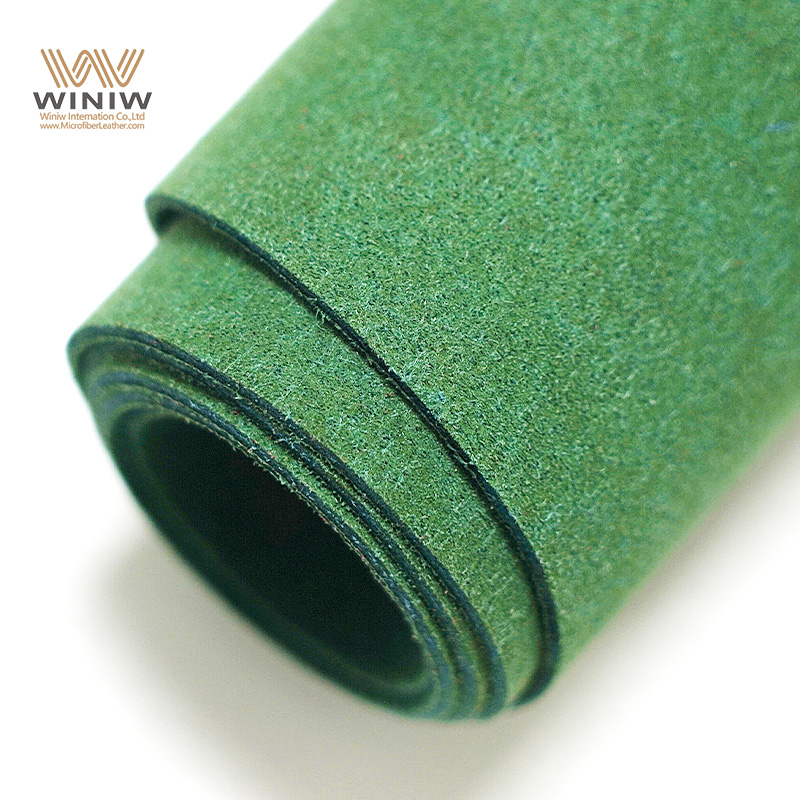
Microfiber suede leather offers a consistent, soft surface that closely resembles the appearance of natural suede. Manufacturers engineer the fibers to create a uniform nap, which gives the material a luxurious and velvety touch. In contrast, natural suede features a more varied texture, with subtle imperfections and irregularities that result from its origin as animal hide. These natural variations can add character, but they may also lead to inconsistencies in color and feel across different sections of the same product.
Microfiber suede leather maintains its color and texture over time, even with frequent use. The synthetic fibers resist fading and pilling, ensuring that the material looks new for longer periods. Natural suede, while prized for its authentic look, can develop a patina and show signs of wear more quickly. For those seeking a modern, uniform appearance, microfiber suede leather provides a reliable solution.
Durability and performance set microfiber suede leather apart from its natural counterpart. The synthetic construction allows it to withstand daily wear and tear in high-use environments. Natural suede, although soft and appealing, tends to be more delicate and susceptible to scuffs, stains, and moisture damage.
The following table highlights the typical lifespans of both materials in demanding applications:
|
Material |
Typical Lifespan in High-Use Applications |
|---|---|
|
Natural Suede |
3–5 years |
|
Microfiber Suede |
5–10 years |
Microfiber suede leather consistently outperforms natural suede in terms of longevity. Its engineered fibers provide enhanced resistance to abrasion, making it a preferred choice for furniture, automotive interiors, and accessories that require both quality and durability and performance. This extended lifespan also supports eco-friendly practices by reducing the need for frequent replacements.
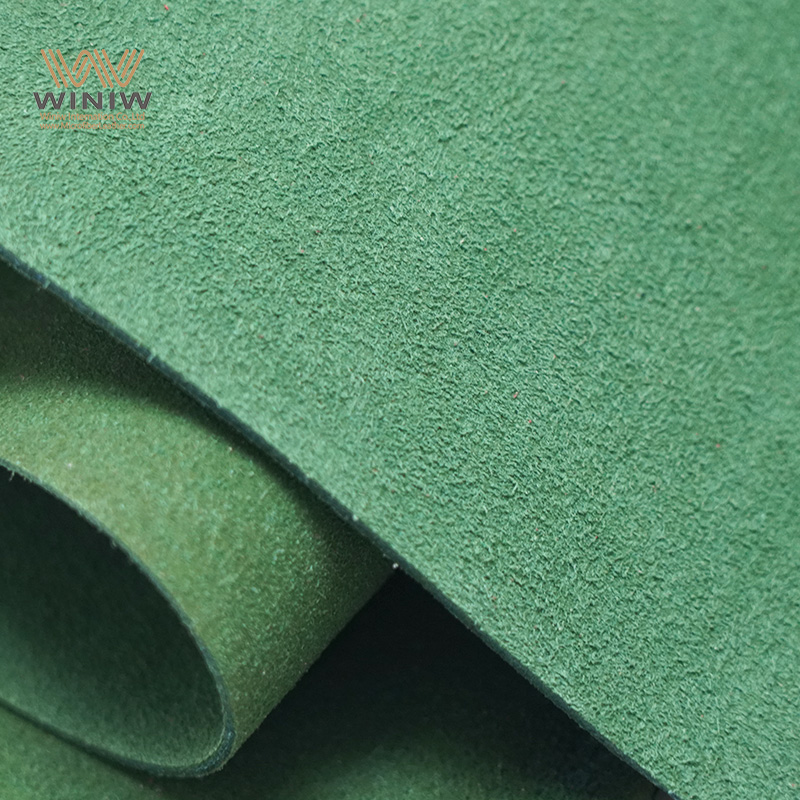
Maintenance routines differ significantly between microfiber suede leather and natural suede. Textile care experts recommend simple cleaning methods for microfiber suede leather, which help preserve its quality and appearance. Owners can brush or vacuum the surface weekly and dust it with a dry cloth as needed. For spills, blotting immediately and using diluted rubbing alcohol for stains keeps the material looking fresh. Professional cleaning every 12 to 18 months ensures deep cleanliness without damaging the fibers.
|
Maintenance Task |
Microfiber Suede Recommendations |
Natural Suede Recommendations |
|---|---|---|
|
Regular Cleaning |
Brush weekly; vacuum weekly; dust with a dry cloth as needed. |
Not specified |
|
Spot Cleaning |
Blot spills immediately; use diluted rubbing alcohol for stains. |
Not specified |
|
Professional Cleaning |
Recommended every 12 to 18 months for deep cleaning. |
Not specified |
Natural suede requires more delicate care. Exposure to water or harsh cleaning agents can cause permanent damage. Owners often need specialized products and professional services to maintain the material’s appearance. Microfiber suede leather, by contrast, offers a practical, low-maintenance alternative that retains its quality and durability and performance with minimal effort.
Tip: Choosing microfiber suede leather can save time and money on upkeep, making it ideal for busy households or commercial spaces.
When evaluating the cost of microfiber suede leather compared to natural suede, buyers notice significant differences. Manufacturers produce microfiber suede leather using synthetic fibers, which reduces production expenses. This cost advantage often translates to lower retail prices for consumers. In contrast, natural suede requires animal hides and a labor-intensive tanning process, which increases its price.
The following table highlights the average price ranges for both materials in the global market:
|
Type of Suede |
Price Range (per yard) |
|---|---|
|
Low-End Natural Suede |
$10 - $20 |
|
Mid-Range Natural Suede |
$20 - $50 |
|
High-End Natural Suede |
$50 and up |
|
Low-End Synthetic Suede |
$5 - $10 |
|
Mid-Range Synthetic Suede |
$10 - $25 |
|
High-End Synthetic Suede |
$25 - $50 |
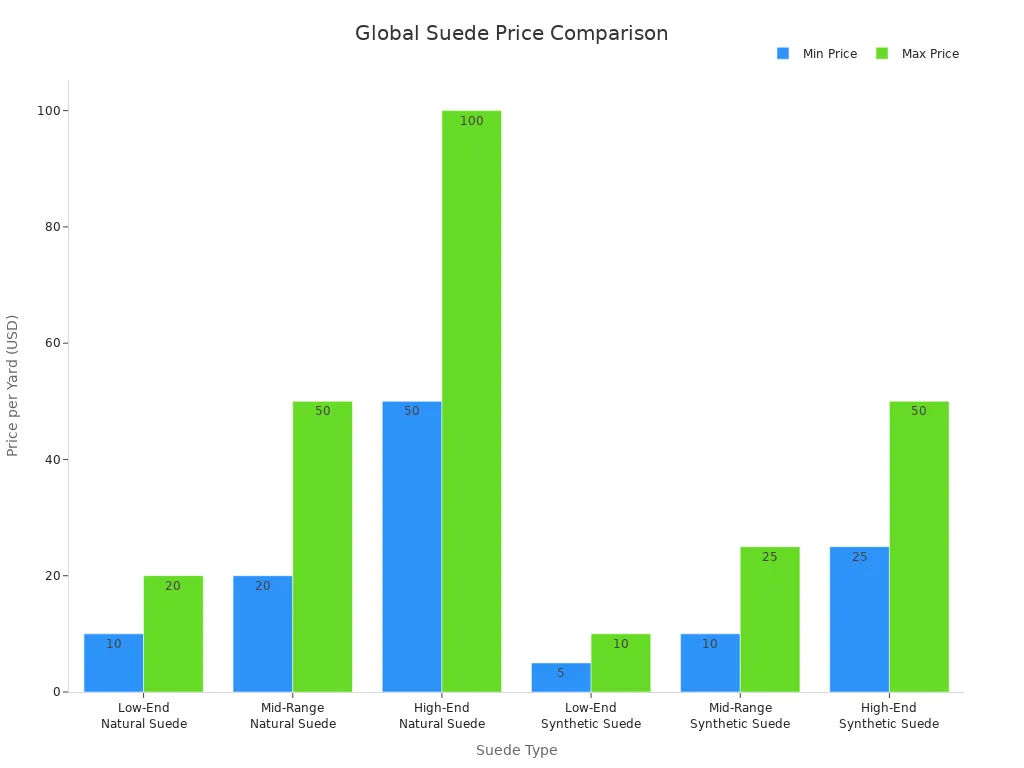
Microfiber suede leather consistently offers a more affordable option, especially for large-scale projects or commercial applications. For example, furniture manufacturers and automotive companies often select microfiber suede leather to keep costs manageable while maintaining a high standard of quality. The lower price point does not mean a compromise in quality. Many high-end synthetic suede products rival the appearance and feel of premium natural suede.
Natural suede, especially at the high end, commands a premium price due to its origin and the craftsmanship involved in its processing. Luxury brands frequently use high-end natural suede for exclusive products, which can drive prices even higher. However, this cost does not always guarantee superior durability or ease of maintenance. Microfiber suede leather, on the other hand, provides a balance between affordability and performance, making it attractive for a wide range of consumers.
Buyers seeking an eco-friendly alternative also find value in microfiber suede leather. The synthetic production process eliminates the need for animal products, which appeals to environmentally conscious consumers. Additionally, the consistent quality of microfiber suede leather ensures that manufacturers can deliver reliable results at scale, reducing waste and supporting sustainable practices.
Tip: When budgeting for upholstery, fashion, or automotive projects, consider both the initial material cost and the long-term value. Microfiber suede leather often delivers a lower total cost of ownership due to its durability and minimal maintenance requirements.
Microfiber suede offers a range of benefits that appeal to both manufacturers and consumers. The fabric stands out for its soft texture, which closely mimics the luxurious feel of natural suede. Many users appreciate the durability and resistance to wear and tear, making it a reliable choice for everyday products. The material maintains a high level of quality even after repeated use, which supports its popularity in demanding environments.
Soft, velvety texture that enhances comfort and style
High durability and resistance to abrasion, extending product lifespan
Luxurious appearance suitable for premium applications
Ethical and animal-friendly alternative to natural suede
Easy cleaning and low maintenance requirements
Versatile use across fashion, automotive, and furniture industries
Microfiber suede leather also provides an eco-friendly option for those who seek to avoid animal products. The synthetic composition allows manufacturers to deliver consistent quality at scale, reducing waste and supporting sustainable practices. Its easy-care nature means consumers spend less time and money on maintenance, which adds to its overall value.
Tip: Microfiber suede’s versatility makes it a top choice for designers who want both style and practicality in their products.
Despite its many strengths, microfiber suede does present some drawbacks. Some consumers report that the fabric lacks breathability compared to natural materials. This can make it feel warm or less comfortable in hot and humid climates. The synthetic nature of the material sometimes leads to a texture that feels less authentic than real suede, which may disappoint those who prefer natural fibers.
Reduced breathability, especially in warm or humid conditions
Occasional pilling and visible wear over time, affecting appearance and quality
Some users find the synthetic feel less satisfying than genuine suede
Environmental concerns also arise with microfiber. During washing or disposal, microfibers can enter water systems and contribute to pollution, particularly harming aquatic life. The functionalization of textiles can slow down biodegradation, causing persistent environmental pollutants. Industrial wastewater from textile production often contains high concentrations of microfibers, which adds to the ecological impact.
|
Disadvantage |
Impact |
|---|---|
|
Limited breathability |
May cause discomfort in certain climates |
|
Pilling and wear |
Can reduce visual appeal and perceived quality over time |
|
Synthetic texture |
May not satisfy those seeking a natural feel |
|
Environmental concerns |
Microfiber pollution and slow degradation in ecosystems |
Consumers should weigh these factors when considering microfiber suede for their needs. While the material delivers many advantages, understanding its limitations ensures informed decisions and responsible use.
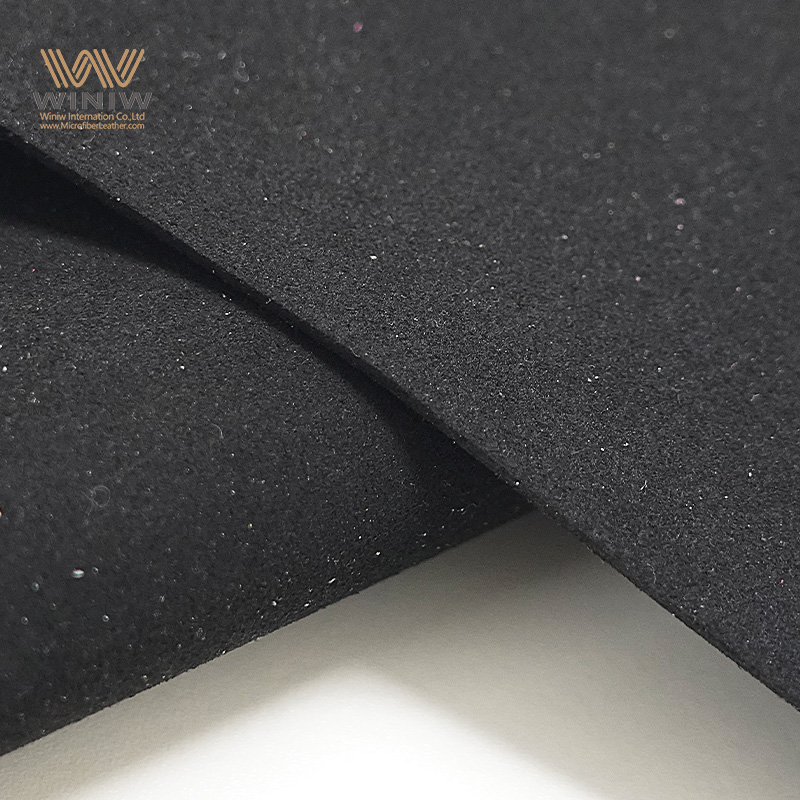
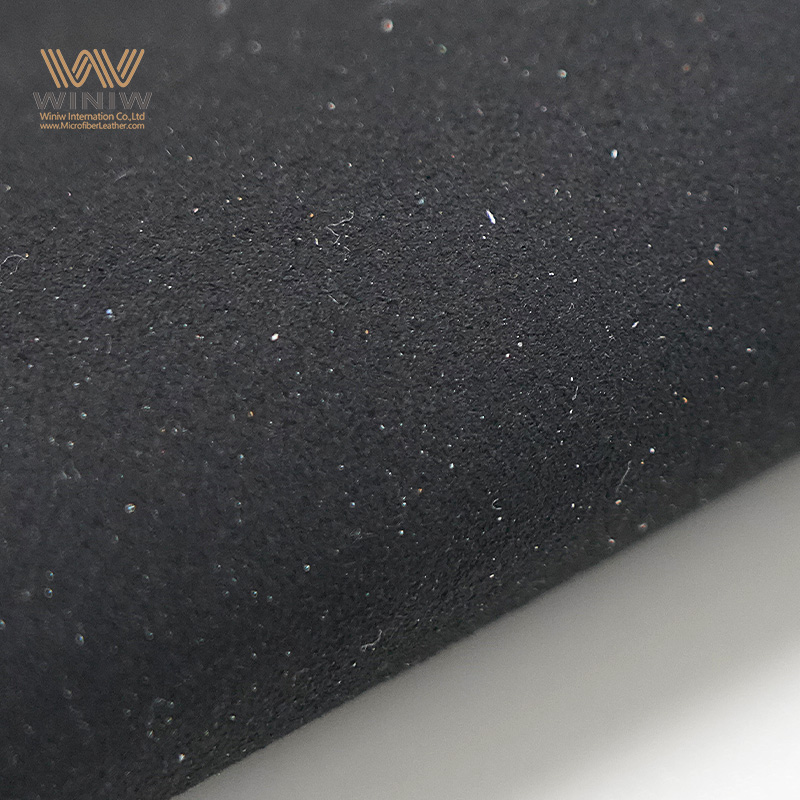
Designers frequently select microfiber suede for outerwear, dresses, and casual apparel. The fabric’s soft texture and lightweight nature enhance comfort, making it suitable for jackets, skirts, and vests. Manufacturers appreciate the consistent quality of microfiber suede leather, which allows for precise tailoring and a refined finish. The material resists wrinkles and maintains its shape, even after repeated washing. Many brands highlight the eco-friendly aspect of microfiber suede, appealing to consumers who value sustainability in fashion. The versatility of this synthetic fabric supports a wide range of styles, from classic to contemporary.
|
Clothing Type |
Features |
Typical Benefits |
|---|---|---|
|
Jackets |
Soft, lightweight, durable |
Comfort, style, warmth |
|
Dresses |
Smooth finish, easy care |
Elegance, easy upkeep |
|
Vests |
Flexible, retains shape |
Layering, versatility |
Tip: Microfiber suede clothing offers a luxurious look without the maintenance challenges of natural suede.
Microfiber suede dominates the footwear and accessories market. Recent sales data indicate that shoes and clothes made from this material account for 39% of the total market share. Manufacturers produce a variety of popular items, including:
Sneakers
Boots
Loafers
Handbags
Wallets
Belts
Shoes crafted from microfiber suede deliver superior quality and durability. The material withstands daily wear, resists scuffs, and maintains its appearance over time. Accessories such as handbags and wallets benefit from the fabric’s stain resistance and easy cleaning. Consumers often choose microfiber suede leather for its balance of style and practicality. The eco-friendly production process further increases its appeal among environmentally conscious buyers.
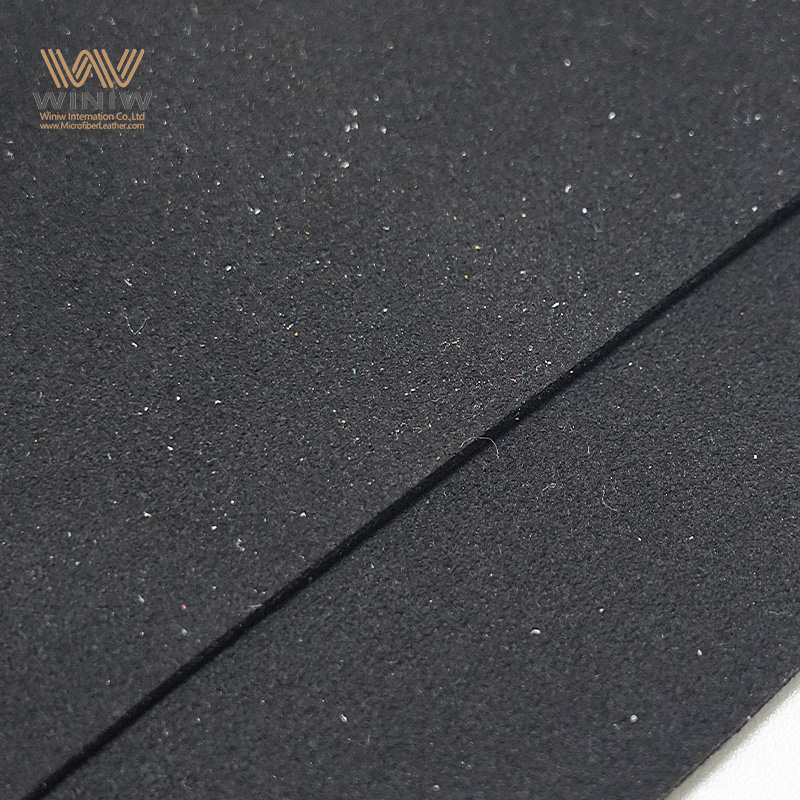
Microfiber suede has become a preferred choice in the furniture industry. Industry reports show that manufacturers increasingly adopt this material as a substitute for traditional upholstery. The fabric’s aesthetic appeal and durability contribute to its popularity, especially in homes with children or pets. Microfiber suede provides a luxurious appearance and practical benefits, such as resistance to wear and fading. Homeowners value the easy maintenance and long-term quality, which make it a cost-effective solution for sofas, chairs, and cushions.
Interior designers also use microfiber in wall coverings, drapery, and decorative accents. The material’s consistent quality ensures a uniform look throughout living spaces. Its hypoallergenic properties and stain resistance support a clean and comfortable environment. Many consumers recognize the benefits of choosing microfiber suede for both residential and commercial interiors.
Note: Microfiber suede furniture offers a smart investment for families seeking durability and style.
Proper cleaning preserves the quality and appearance of microfiber suede. Textile experts recommend several effective methods for routine and deep cleaning. Regular vacuuming removes dust and loose dirt, which helps maintain the fabric’s soft texture. For spot cleaning, a mixture of water and vinegar or rubbing alcohol works well on most stains. Enzyme-based detergents, such as OxiClean or Tide Stain Release, can tackle tougher spots without harming the fibers.
Recommended Cleaning Steps:
Vacuum the surface using a soft brush attachment to lift dust and debris.
For dry cleaning, gently brush the fabric with a suede brush or soft toothbrush.
For wet cleaning, spot clean with soapy water or diluted laundry detergent. Always test cleaning solutions on a hidden area first.
For machine-washable items, select a delicate cycle and use mild soap.
Note: Always blot spills gently with a microfiber cloth. Avoid scrubbing, which can damage the fibers and push dirt deeper into the fabric.
Professional cleaners warn against common mistakes that can compromise the quality of microfiber suede:
Avoid aggressive chemicals like bleach or hydrogen peroxide.
Do not scrub vigorously, as this can harm the fibers.
Never over-saturate the material with water, which may cause mold or water stains.
A consistent cleaning routine not only maintains the fabric’s appearance but also extends its lifespan, allowing users to enjoy the benefits of microfiber suede for years.
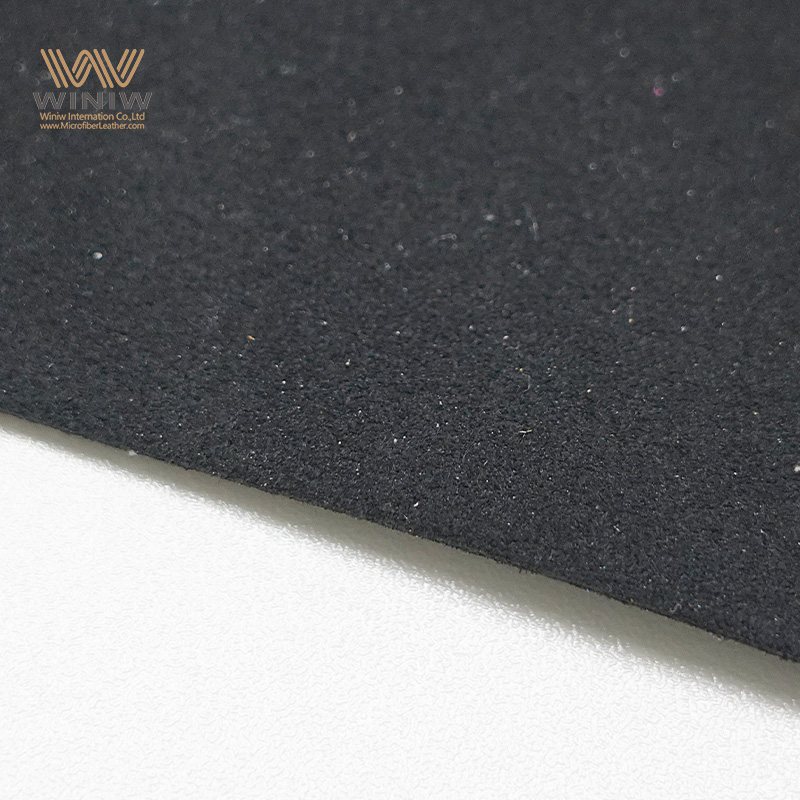
Routine maintenance ensures that microfiber suede products retain their quality and durability. Manufacturers suggest several best practices to keep the fabric looking and feeling its best.
Vacuum weekly with a brush attachment to remove dust and prevent buildup.
Brush the suede lightly to refresh the fibers and maintain a soft, even texture.
Spot clean spills immediately to prevent stains from setting.
Use fabric protectors designed for suede to shield against spills and stains.
Avoid direct sunlight, which can cause fading over time.
Do not soak the fabric or use harsh chemicals, as these can damage the surface.
Never use a vacuum directly on the suede without a brush attachment to prevent fraying.
|
Maintenance Task |
Purpose |
Frequency |
|---|---|---|
|
Vacuum with brush |
Remove dust and debris |
Weekly |
|
Light brushing |
Refresh fibers and maintain texture |
Weekly |
|
Spot cleaning |
Prevent stains from setting |
As needed |
|
Apply fabric protector |
Repel stains and moisture |
Every 3-6 months |
|
Avoid sunlight |
Prevent fading |
Ongoing |
Tip: Consistent care routines help preserve the eco-friendly benefits of microfiber suede by extending product life and reducing waste.
By following these cleaning and maintenance guidelines, users can protect their investment and enjoy the lasting quality of microfiber suede in their homes, wardrobes, and accessories.
Microfiber suede stands out for its unique combination of affordability, easy maintenance, durability, and design variety, as shown below:
|
Feature |
Description |
|---|---|
|
Affordability |
More budget-friendly than genuine suede, making it an attractive alternative. |
|
Easy Maintenance |
Relatively easy to clean, less susceptible to stains, can be wiped clean with a damp cloth. |
|
Durability |
Resists wear and tear, staining, and fading better than natural suede. |
|
Variety |
Available in a wide range of colors for broader design choices. |
Compared to natural suede, microfiber offers higher durability, simple care, and better water resistance. It becomes the preferred choice for busy households, families with pets, or anyone seeking style on a budget. Before choosing, readers should consider both the benefits and potential drawbacks, such as static or environmental impact, to ensure the best fit for their needs.
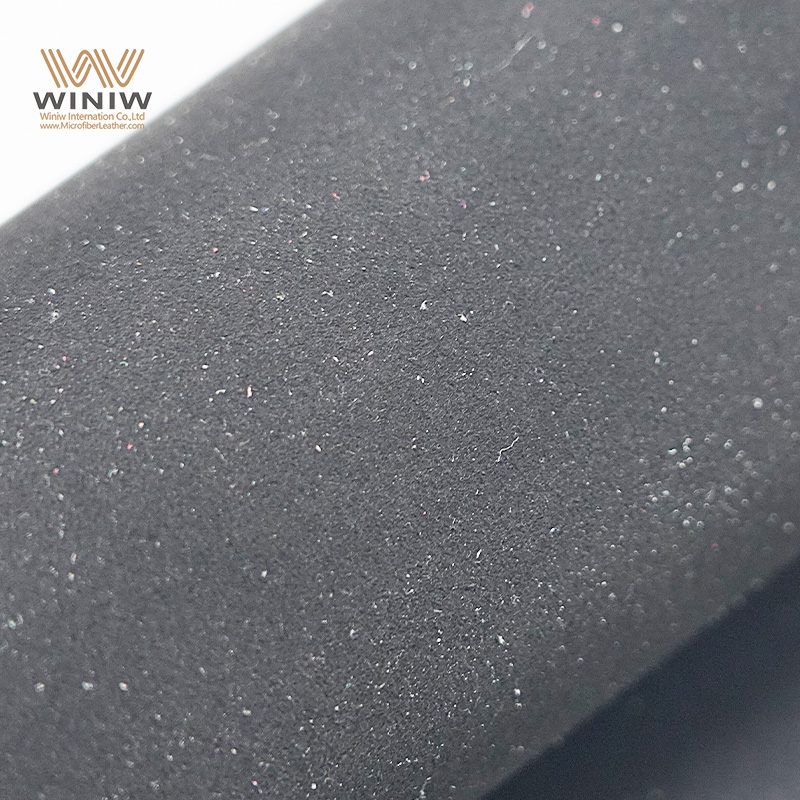
Microfiber suede uses synthetic fibers, while natural suede comes from animal hides. Microfiber suede offers greater durability, easier cleaning, and consistent texture. Natural suede provides a unique look and feel but requires more maintenance.
Most microfiber suede products allow machine washing. Manufacturers recommend using a gentle cycle and mild detergent. Always check the care label before washing. Air drying helps preserve the fabric’s texture and shape.
Tip: Spot test any cleaning solution on a hidden area before full washing.
Microfiber suede rarely triggers allergies. The synthetic fibers resist dust mites and allergens. Many manufacturers design microfiber suede to be hypoallergenic, making it suitable for sensitive individuals.
Microfiber suede does not use animal products, which supports ethical practices. However, synthetic fibers can contribute to microfiber pollution. Responsible disposal and reduced washing frequency help minimize environmental impact.
|
Aspect |
Microfiber Suede |
Natural Suede |
|---|---|---|
|
Animal-Free |
✅ |
❌ |
|
Biodegradable |
❌ |
✅ |
Microfiber suede lasts between five and ten years with proper care. The fabric resists abrasion and fading, making it ideal for high-use items like furniture and shoes.
Manufacturers design some microfiber suede products for outdoor use. The material resists water and stains, but prolonged exposure to sunlight may cause fading. Using protective sprays can extend the lifespan of outdoor items.
